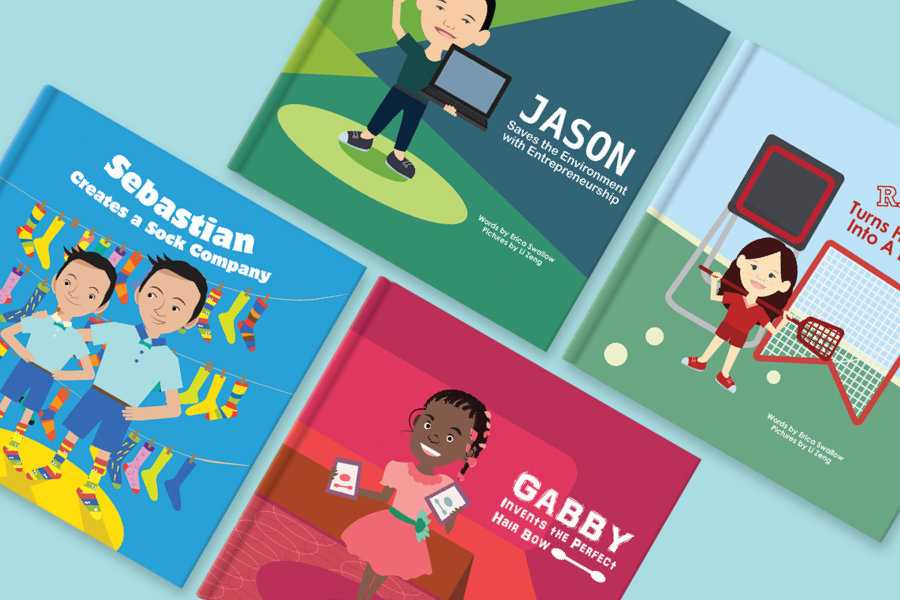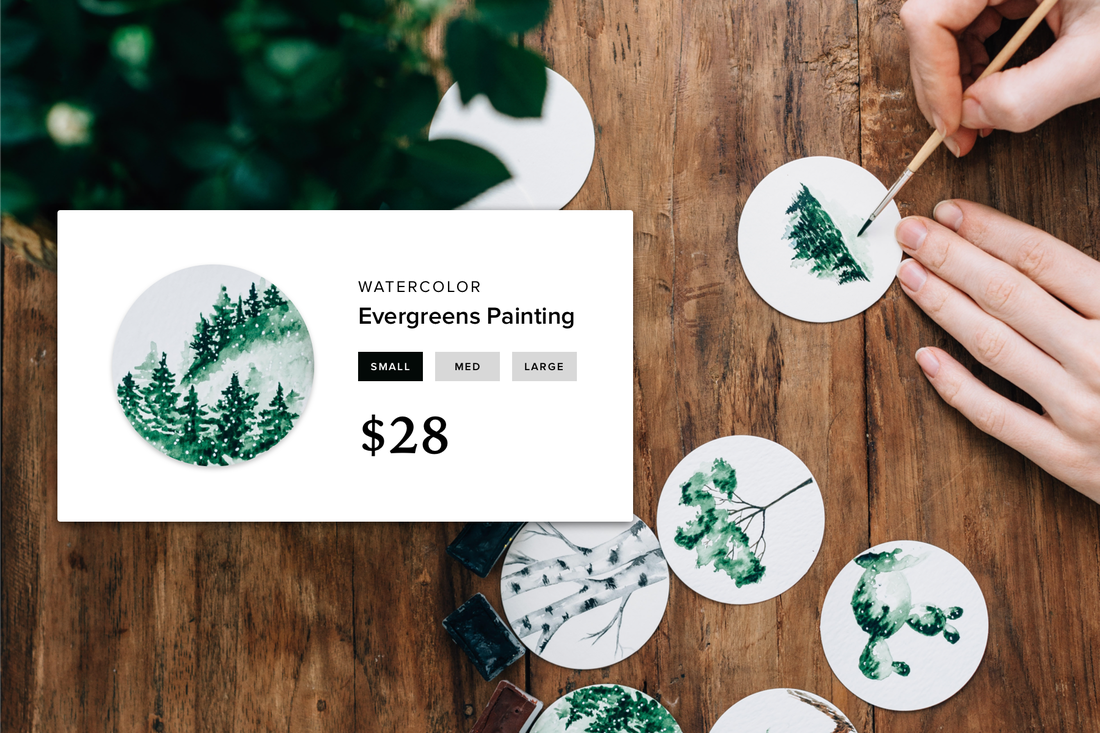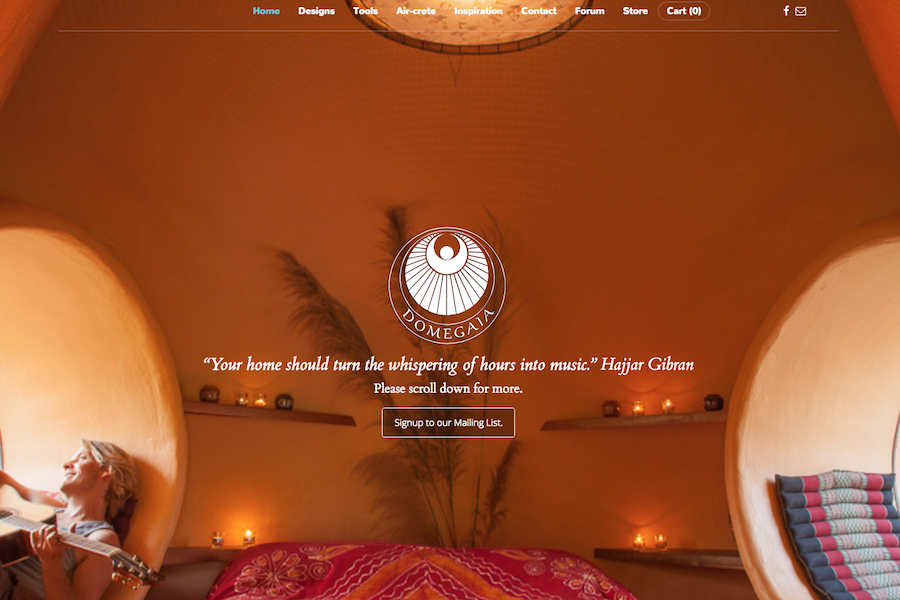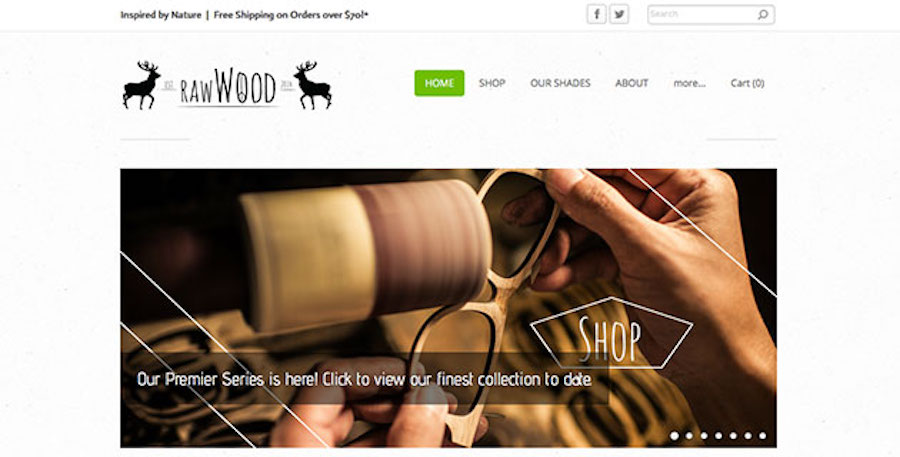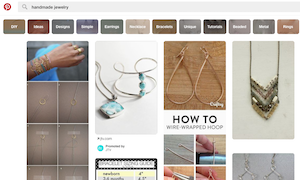Is there a connection between happy, sad, angry or excited that gets users to complete an action? There is. Did you know that you can create an emotional design that resonates with your website's visitors and encourages them to interact with your brand.
Here are a few design techniques to help you create the right emotional connection with your customers.
Add Personality with a Persona
Is your brand identity casual or formal, silly or serious?
Create a persona that portrays your mission and express it with a strong visual. (Think of Ronald McDonald, for example, and what the giant clown says about the fast food brand). The brand persona will help users feel like your brand is “real" and a friend.
To be successful, this persona must feel authentic. If your content matter is serious, a serious persona is likely the best option. A disconnect in personality and messaging can confuse users. Domegaia provides eco-friendly homes -- the company's website reflects its personality with relaxing imagery in a picturesque setting.
Connect with Visuals
Nothing will help draw users and entice them to click “buy now" like a great visual. Product photography should be sharp and professionally done.
It's also important to show your product in a natural environment. This can include a model wearing your brand's clothing or a coffee table staged in a beautiful living room. Users need to be able to picture the product in their hands or homes.
Make sure people in these images have the correct facial expressions. Look at the happy faces in Real Body Fitness Photos. They show you how you want to feel after working out. If users see people they can relate to, it creates a strong sense of connection.
Craft a Sentimental Scene
Add Personality with a Persona
Is your brand identity casual or formal, silly or serious?
Create a persona that portrays your mission and express it with a strong visual. (Think of Ronald McDonald, for example, and what the giant clown says about the fast food brand). The brand persona will help users feel like your brand is “real" and a friend.
To be successful, this persona must feel authentic. If your content matter is serious, a serious persona is likely the best option. A disconnect in personality and messaging can confuse users. Domegaia provides eco-friendly homes -- the company's website reflects its personality with relaxing imagery in a picturesque setting.
Connect with Visuals
Nothing will help draw users and entice them to click “buy now" like a great visual. Product photography should be sharp and professionally done.
It's also important to show your product in a natural environment. This can include a model wearing your brand's clothing or a coffee table staged in a beautiful living room. Users need to be able to picture the product in their hands or homes.
Make sure people in these images have the correct facial expressions. Look at the happy faces in Real Body Fitness Photos. They show you how you want to feel after working out. If users see people they can relate to, it creates a strong sense of connection.
Craft a Sentimental Scene
Tugging on the heartstrings of a user is another way to make shoppers buy. (There's a reason Mother's Day ads are so sappy; it's because they work!)
Draw on sentiment with imagery that makes your website visitors think about past memories or good times. Use design techniques such as sepia color or black and white photography to connect to the past or include elements in the image that connect to another era.
RawWood uses an old-school image to show how wood designs are crafted by hand. It makes the product feel special and one of a kind.
Connect Text and Visual Messages
Consistency is key when appealing to a customer's emotions. That means establishing a firm connection between imagery and the text. Fun, light visuals should be accompanied by less formal language, just as websites with formal messaging should not use casual images.
Every element on the website needs to communicate a unified message that leads each user to the cart for a sales conversion. When building your website pay particular attention to creating that sense of harmony. If at any point in the design they feel “off," rethink it.
Get Started
There's not just one way to create the right emotional connection with your users. Every brand is a little bit different. The secret is in knowing your audience and thinking about how you want them to feel when they hear your brand name. Design all your website elements in a manner that helps create that feeling. Use these strategies as inspiration and get started today.
Draw on sentiment with imagery that makes your website visitors think about past memories or good times. Use design techniques such as sepia color or black and white photography to connect to the past or include elements in the image that connect to another era.
RawWood uses an old-school image to show how wood designs are crafted by hand. It makes the product feel special and one of a kind.
Connect Text and Visual Messages
Consistency is key when appealing to a customer's emotions. That means establishing a firm connection between imagery and the text. Fun, light visuals should be accompanied by less formal language, just as websites with formal messaging should not use casual images.
Every element on the website needs to communicate a unified message that leads each user to the cart for a sales conversion. When building your website pay particular attention to creating that sense of harmony. If at any point in the design they feel “off," rethink it.
Get Started
There's not just one way to create the right emotional connection with your users. Every brand is a little bit different. The secret is in knowing your audience and thinking about how you want them to feel when they hear your brand name. Design all your website elements in a manner that helps create that feeling. Use these strategies as inspiration and get started today.
 Carrie Cousins Carrie is a designer and content marketer. She works promoting the Roanoke Region of Virginia and has more than 10 years of media and marketing experience.
Carrie Cousins Carrie is a designer and content marketer. She works promoting the Roanoke Region of Virginia and has more than 10 years of media and marketing experience.

